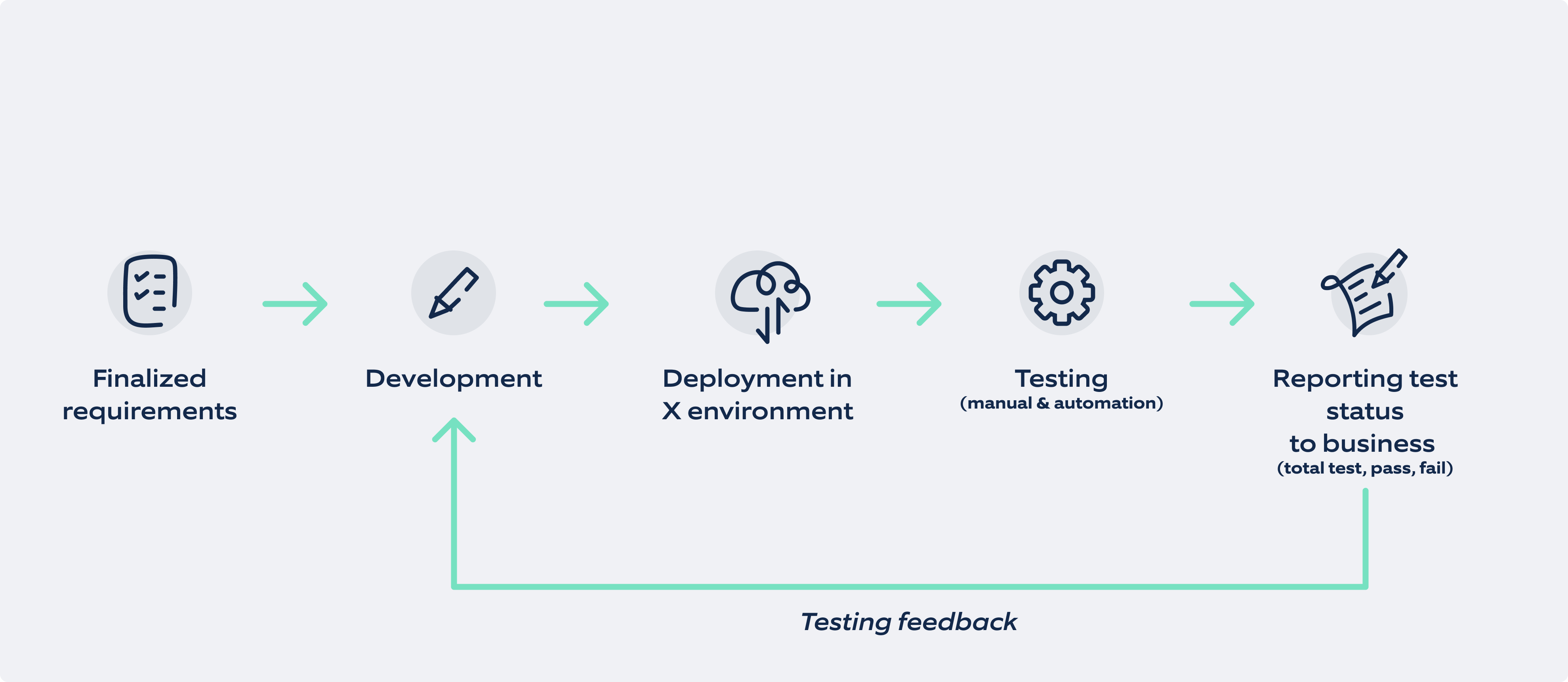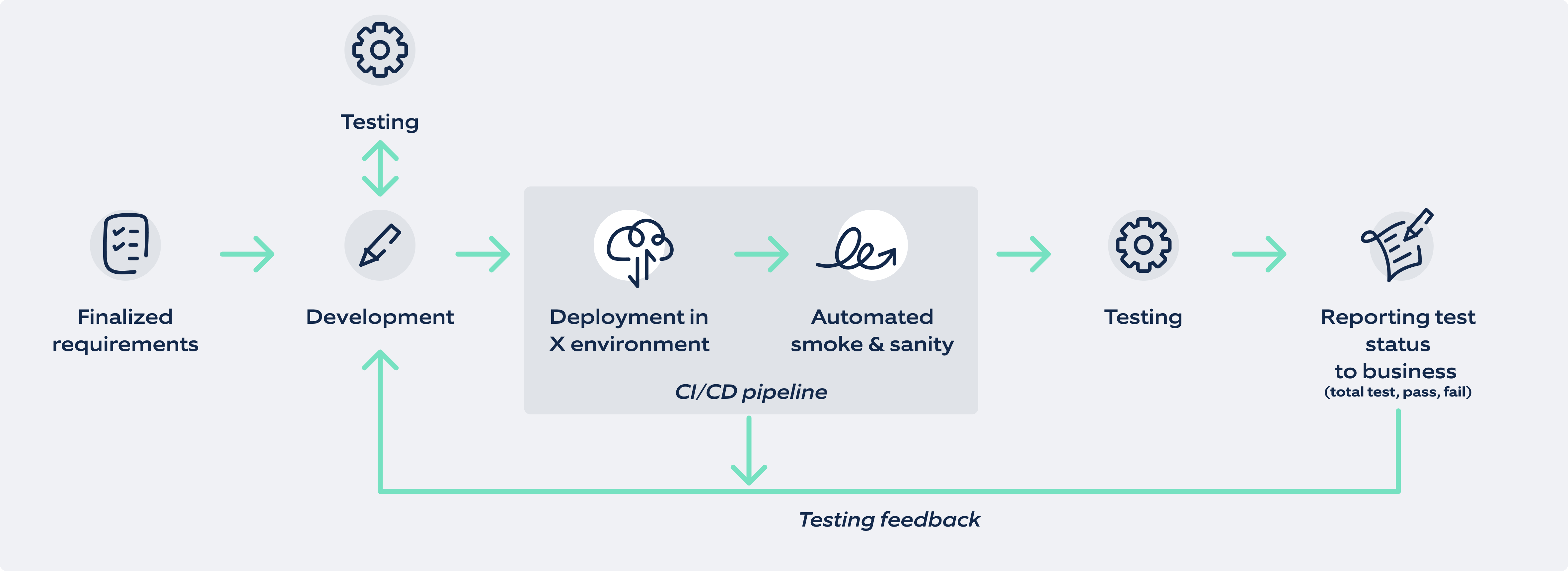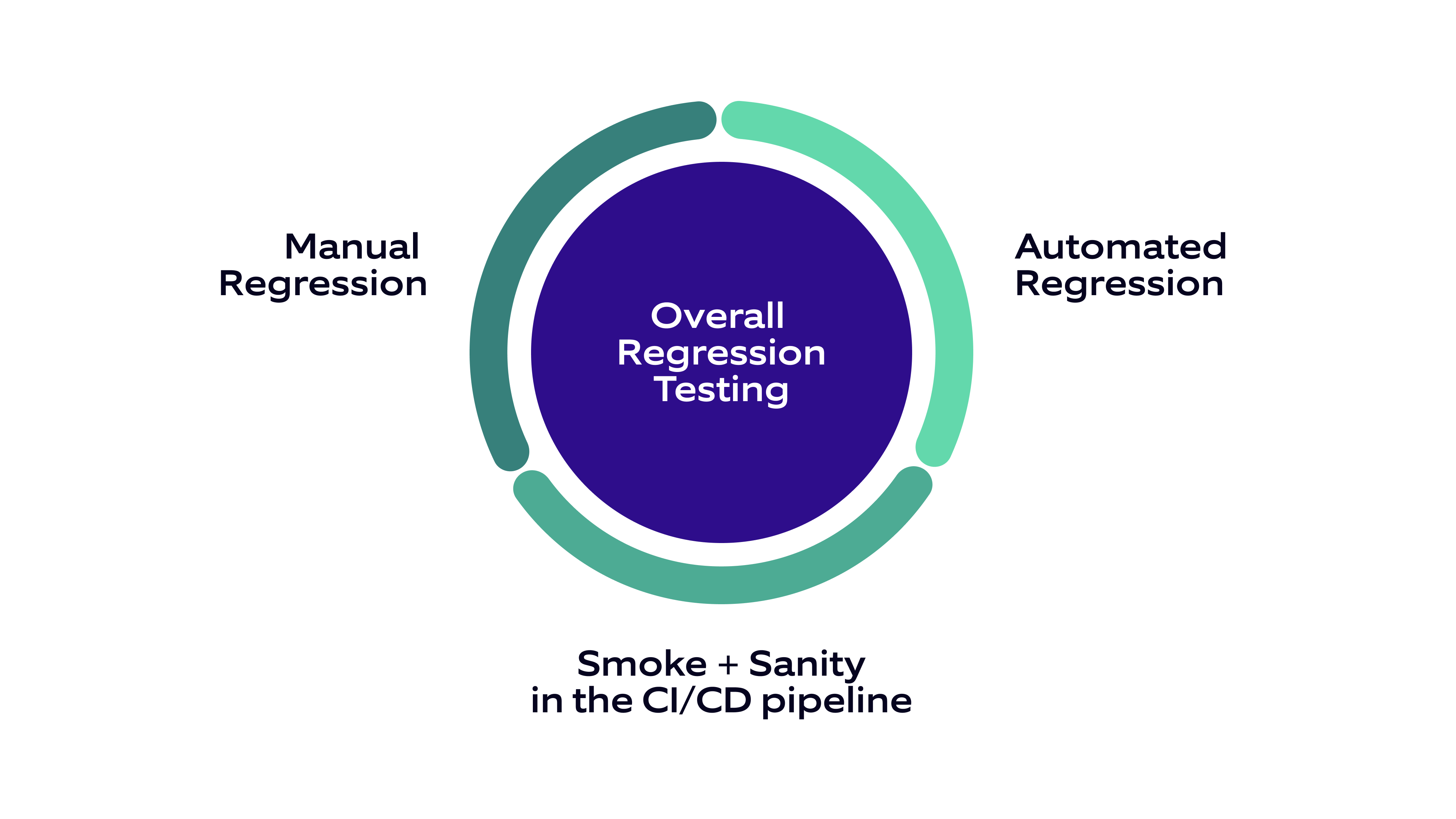On your marks, get set, go!
Imagine a scenario where your software development process moves at lightning speed, delivering updates and features seamlessly. This dream has been made possible by the remarkable evolution of test automation. That’s right, test automation has come a long way today, revolutionizing how software development teams ensure the quality of their products.
As the demand for faster delivery and continuous integration grows, the evolution of test automation has become more crucial than ever. In this article, I'll take you on a journey through the transformation of test automation, from its early stages to the current trends and challenges. So, let’s get started and explore how smart automation is shaping the future of software testing.
The early days of test automation
Once automated regression testing gained momentum, teams became enthusiastic and captivated by its potential. The primary issue they aimed to address was the substantial amount of time spent on manual regression testing at various project milestones, such as the end of sprints and pre-release phases.
However, a critical question arose: how much of the testing process should be automated? Initially, various project stakeholders advocated for a complete elimination of manual testing efforts. This approach led to the development of extensive monolithic automated testing solutions, encompassing intricate frameworks that performed a multitude of tasks. Additionally, business stakeholders were enamoured with the automated test reports, which provided detailed execution results.
Challenges in monolithic automation
These monolithic solutions attempted to cover all functional aspects of the application, but the continuous introduction of new features led to the expansion of regression test suites. Consequently, two prominent issues related to automation emerged:
- The execution time of regression test suites.
- The unpredictability or flakiness of test results.
- Migration to different automation tools required significant rework.
At this juncture, teams began to realize that aiming for 100% automation was not an optimal solution to the problem. As a result, teams started to devise improved strategies that leveraged the strengths of both manual and automated testing. Within the realm of automated testing, concepts like the "sweet spot" and the "safe spot" for automation, were introduced. Currently, teams are focused on refining their approaches to optimize automation.
Trends driving smart automation
The era of monolithic automated test suites is becoming a thing of the past. Several factors are driving this transformation:
Microservice Architecture: The widespread adoption and success of microservice architecture, which promotes a modular development approach, necessitate a shift in the automation strategy to align with this architecture.
Shift Left Approach: In today's landscape, many organizations are making substantial investments in embracing the "shift left" approach. This strategic shift aims to reduce the overall cost of quality by bringing testing closer to the development process. Tests are now developed concurrently with the software development to provide rapid feedback and reduce cost of quality. This shift has also led to a change in the perception of testing, giving rise to roles like "Software Developer in Test."
Change in mindset: In the past, the primary recipients of automation test report were typically business stakeholders. Efforts were directed toward making automation feedback more accessible and comprehensible to these stakeholders. However, there has been a gradual shift in mindset, with developers now emerging as the primary consumers of automation. The emphasis is increasingly placed on delivering faster testing feedback to developers to enhance productivity.
The traditional automation test cycle used to follow a pattern that can be described as follows:
Traditional automation:
 Shift left automation:
Shift left automation:
 The above approach provides faster feedback to developers and helps in building quality at each step of development and there is no risk accumulation.
The above approach provides faster feedback to developers and helps in building quality at each step of development and there is no risk accumulation.
Role of deployment pipelines: In the realm of Continuous Integration and Continuous Deployment (CI/CD), deployment pipelines have significantly streamlined the entire development process, introducing automated decision-making capabilities. This transformation has yielded rapid automated testing feedback crucial for informed deployment decisions. A common practice involves integrating automated smoke and sanity tests into deployment pipelines, wherein deployment to subsequent environments is contingent upon the successful outcome of these tests.
Looking forward, there is a growing demand for agile and streamlined automated solutions, given the mentioned changes. Several factors influence the selection and development of automation solutions, including:
Complexity of Frameworks: Favoring simplicity in framework design.
Complexity is an important factor that is directly related to the performance of the framework. Simple frameworks, in general, tend to perform better than their complex counterparts.
Learning Curve: Striving for a low to medium learning curve for users.
It generally affects the performance of the team. If the learning curve is not very steep, it is relatively faster to onboard automation engineers and implement automation.
Size of Test Suite and Execution Time: Ensuring manageable suite sizes and efficient execution times. This is one of the key aspects that determines the performance and maintenance effort required to manage an automation suite. Team should always watch out for the size and execution times of test suites.
Maintenance Costs: Minimizing ongoing maintenance efforts.
This is very important and directly affects the automation ROI.
Robustness: Building robust and reliable automation solutions.
Such solutions significantly reduce the maintenance effort, resulting in better ROI and increased stakeholder satisfaction.
Strategies for optimized automation
Here are some strategies to achieve the goals outlined above:
Simplicity: Embrace simplicity in framework design and shift away from the notion of a one-size-fits-all solution. Different applications, such as front-end, APIs, and mobile, have distinct testing requirements.
Contain the Test Suite: As stated at the start of our conversation, as product development progresses, automated test suites tend to expand alongside new feature development. To mitigate this, careful consideration should be given to the selection of automation candidates, with input from business users. Additionally, given the rapid pace of technological change, it's essential to be mindful of regression suite size. A recommended approach is to maintain two suites: one for critical business scenarios, executed within the deployment pipeline, and another that combines manual and automated regression testing. Tests that have lost relevance over time or scenarios tied to stabilized application areas, can be executed less frequently.
 This approach has contributed to accelerating the software delivery process. And now, AI tools like ChatGPT and GitHub Copilot look promising when it comes to handing the challenge of migrating code from one framework to another. However, it will still take some time for these engines to be more effective.
This approach has contributed to accelerating the software delivery process. And now, AI tools like ChatGPT and GitHub Copilot look promising when it comes to handing the challenge of migrating code from one framework to another. However, it will still take some time for these engines to be more effective.
Summary
Nagarro has always been at the forefront of this transformative wave in software testing. Our commitment to advancing the field of test automation is reflected in our pioneering approach, AI4T - Advanced Intelligence for Testing. This research and AI-driven initiative goes beyond traditional automated test case execution and aims to automate all facets of the testing life cycle. With AI4T, we have achieved some truly remarkable milestones, including a 70% reduction in maintenance costs for test automation suites and 75% lesser effort required to analyze failed test results. By seamlessly integrating AI-driven automation into every stage of testing, Nagarro empowers your team to save time, enhance customer satisfaction, and boost overall productivity.
In conclusion, the evolution of test automation is not merely a historical account but a roadmap to the future of software testing. As we continue to embrace smart automation, the quality and speed of software delivery will undoubtedly reach new heights.





